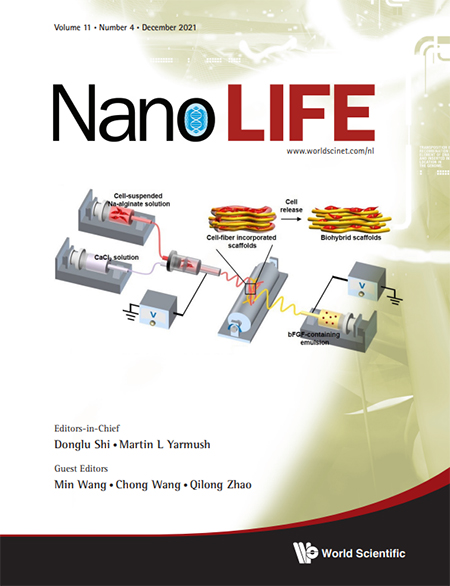Near-Field Direct Write Microfiber-Reinforced Collagen Hydrogel Scaffolds for Articular Cartilage Regeneration
Abstract
The demand for treating degenerative osteoarthritis is dramatically growing during the past decade due to the increasing aging population. Compared to arthroscopic debridement and injection of lubricating hydrogels, implantation of a cartilage tissue engineering scaffold with a customized architecture and excellent stem cell delivery ability has been deemed as a superior alternative to regenerate defected cartilage tissues. However, relatively low mechanical strength of cell-laden hydrogel limits its potential in treating diseased/defected cartilage or tissues with an anisotropic structure. In this study, a composite cell-laden scaffold composed of three-dimensional (3D) fibrous patterns which was made through near-field electrospinning direct write (NEDW) and mesenchymal stem cell (MSC)-laden collagen I (COL I) hydrogel was fabricated. The hydrogel acted as a favorable microenvironment to load cells and growth factors to facilitate chondrogenic differentiation while the 3D fibrous patterns made of poly(caprolactone)-reinforced hydrogels and provided the composite scaffolds with a precisely designed micro-architecture. Compared to hydrogel scaffold alone, the fabricated composite scaffold had significantly higher mechanical properties. The composite scaffolds were biocompatible and can accelerate the chondrogenic differentiation of MSCs by up-regulating the expression of SOX9, collagen II (COL II) and aggrecan (ACAN), when transforming growth factor (TGF)-β1 was loaded in COL I hydrogel. However, the morphology of differentiated cells was not identical to that of the natural chondrocytes, suggesting that the modulation of initial MSC morphology is needed to pursue the target phenotype after the chondrogenic differentiation.


